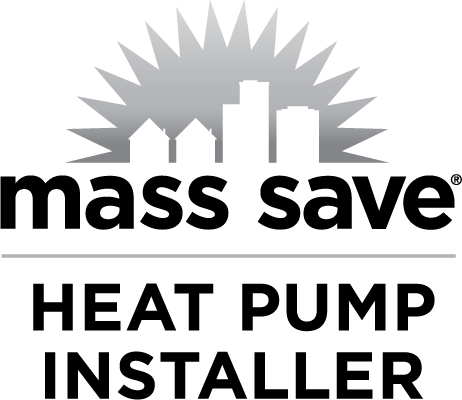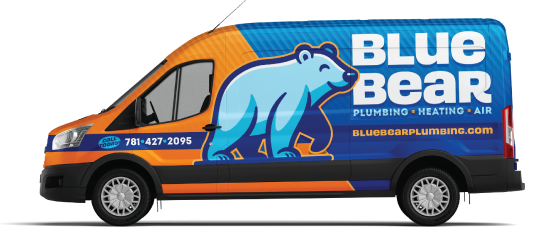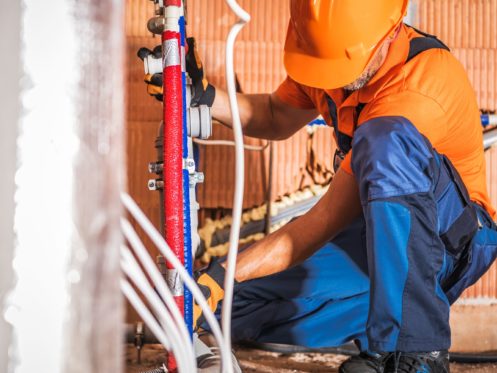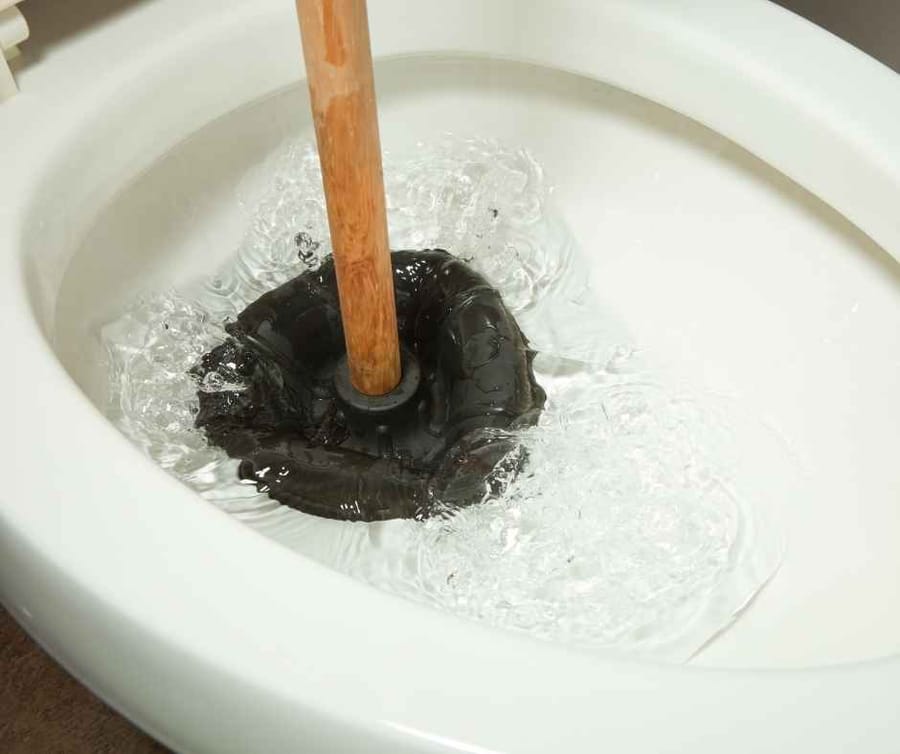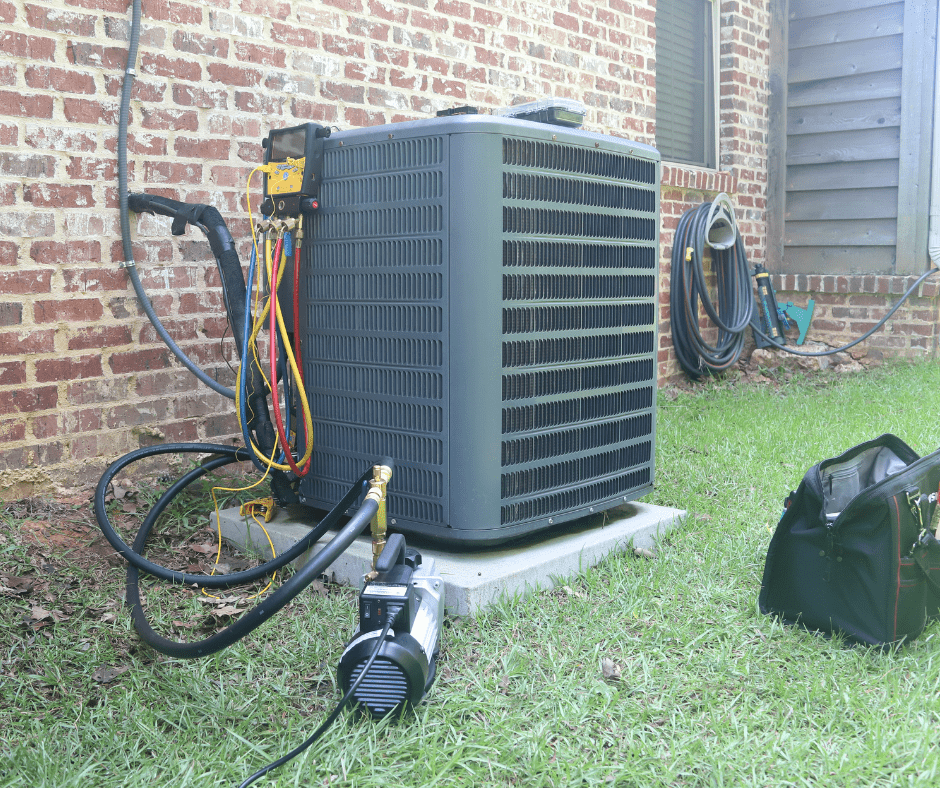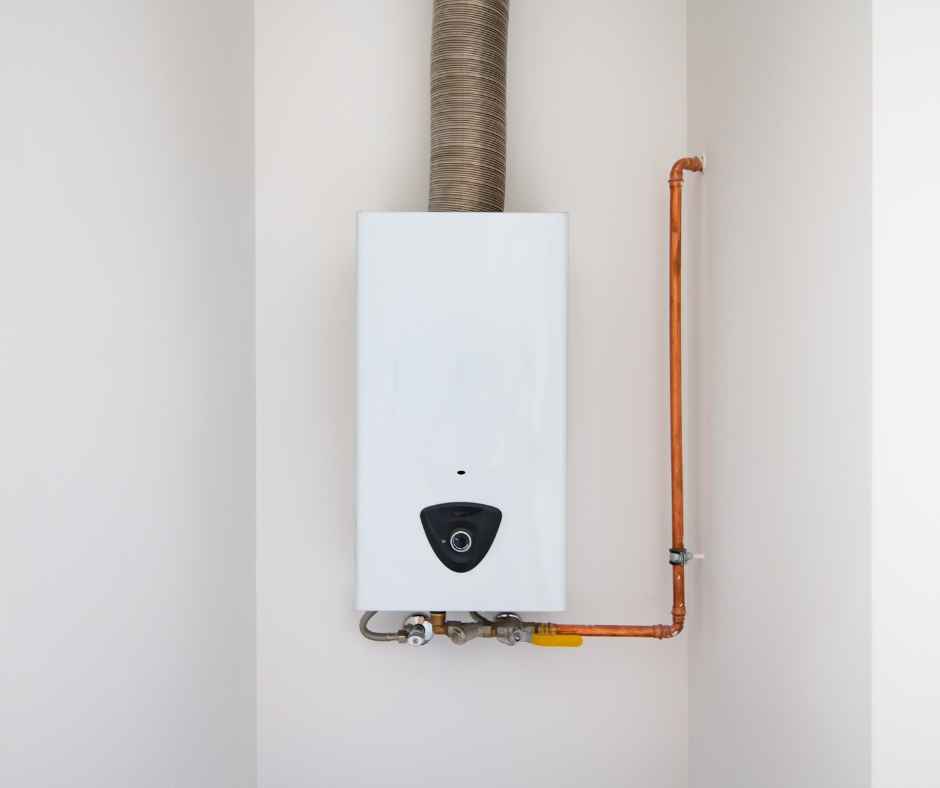How to Winterize Your Plumbing System
Burst pipes in the winter can result in thousands of dollars in property damage. Worse still, when homeowners haven’t done their due diligence, these are costs that their insurance companies might not cover. Fortunately, you can use the tips that follow to winterize the plumbing in your Boston or Pembroke, MA, home. This way, no matter how low outdoor temperatures fall, your plumbing system will remain in good working order.
Create a Comprehensive Winterization Checklist
Water delivery systems and other plumbing features exist all throughout the building interior and at multiple exterior locations. Your winterization efforts should address every one of these. Before you start turning things off or on, cranking up the heat, or removing fixtures, it’s best to have an organized attack plan. This way, no important step will be missed, and there will be virtually no likelihood of having frozen pipes catch you by surprise.
Set Your Thermostats for Constant Heating in All Zones
One of the best ways to stave off problems with frozen and burst pipes is by keeping the interior of your home at a suitably warm temperature. Set your thermostat at 55 degrees, and never let it fall below this. If you have a zoned heating and cooling system, be sure to set each thermostat at this level or higher in every zone or room. If your thermostats are programmable, use your owner’s manual to learn how to establish a minimum temperature setting. If you’re expecting an especially cold spell, set your thermostats five to 10 degrees higher. When you’re at home, the ideal temperature setting is 68 degrees during the daytime.
Control Airflow
Make sure that the door to your attached garage is kept closed. This way, warm air won’t be escaping into this relatively unused space and cold air won’t come creeping in. This will ensure that all plumbing on the bordering walls stays sufficiently warm. You can also open the cabinet doors in your kitchen and bathroom to ensure that the pipes in these areas don’t get too cold.
Seal Off All Air Leaks Throughout Your Home
Even small points of ingress can let a tremendous amount of cold air in, especially when the winds are high and the outside temperature is exceedingly low. Air loss and air leaks are most common at windows and doors. Install weatherstripping as needed and invest in under-door draft stoppers. If there are visible cracks, gaps, or holes in any building materials, be sure to seal these up as well. Not only will this keep your pipes from freezing, but it can also lower your carbon footprint and your home energy bill.
Insulate Vulnerable Pipes
Insulate pipes in your basement, crawlspaces, and other especially vulnerable areas. In general, all pipes should be insulated in any space that doesn’t have insulation of its own. You can wrap them in foam insulation with an underlying layer of electrical tape. You can alternatively use insulation sleeves or heat tape. This is also something that a licensed plumber can do for you.
Turn Your Faucets to a Slow Trickle
When Boston temperatures plummet, there’s often the risk of having your pipes freeze overnight or during a long cold spell. At times like these, you can limit the likelihood of burst pipes by turning your faucets on and letting them run constantly at a slow trickle. This is a quick and easy way to keep problems with freezing at bay when temperatures are at their lowest.
Disconnect Your Garden Hoses and Drain the Lines
Disconnect all garden hoses at the exterior of the building and store them for the winter. Make sure that they’re empty when you do. Just like pipes, garden hoses are subject to damage when water at their interior freezes and expands. They also have metal components that may develop problems with rust or other forms of corrosion if they’re covered in water when put away.
Find your emergency shut-off valve. For most homes, this will be located in the laundry room, garage, or basement. You may even have a separate shut-off for your outdoor water supply. Turn this off, and then turn on your exterior faucets to let residual water flow out. Leave the taps open after the water is drained. Closed valves and taps can create a vacuum that traps moisture inside.
Next, shut down all of your sprinkler systems and drain them. You can have your plumber blow residual water out of underground lines with an air compressor. This is especially important to do if you’ve had problems with freezing water in these structures before. A single broken pipe in your sprinkler system can cause serious damage to many other system components.
Empty Your Toilets, Water Heater, and Interior Water Lines
Winterizing your home plumbing is a bit more labor-intensive if you’ll be taking an extended trip away. You should still keep your thermostat set to a reasonable temperature so that the building interior never becomes too cold. However, you’ll also need to drain your interior plumbing lines, your toilet, and your water heater. Freezing water in your toilet can cause it to crack, and freezing water in your water heater could result in widespread property damage.
Turn the shut-off valve for the interior of the building off in your laundry room, basement, or garage. Turn your taps on to let the remaining water flow out. Just as you did outdoors, keep all taps and valves open even after you’re done draining them. You can remove all residual water by using an air compressor or by having a licensed plumber do this for you.
Empty your toilet bowl and toilet tank as much as possible by continuing to flush the toilet until both the tank and bowl are empty. If residual water remains, use a small amount of antifreeze to prevent it from icing over. Open the drain valve on your hot water heater and let the water flow out until the unit is completely emptied. Drain excess water from the holding tank as well. Keep in mind that not every hot water heater has a floor drain. If yours doesn’t, you will need to use a garden hose to complete this task without causing flooring damage or other issues.
Get Help From a Local Plumber
You can work with a local plumber to create a comprehensive and needs-specific winterization checklist for your home plumbing system. Your list should include elements that account for your winter travel plans, unique building features, and past winter plumbing events among other factors. You can also schedule whole-house winterization services and let a seasoned professional do all the work for you. This is the best way to ensure that nothing is overlooked. It’s also the safest way to have vulnerable pipes insulated as well as toilets and water heaters drained and prepped.
At Blue Bear Plumbing, Heating & Air, we’re committed to helping residents in Boston, MA, area get their home plumbing ready for the winter. We also provide HVAC installation, maintenance and repair services. If you need help winterizing your plumbing system, call us today to set up an appointment.
Contact Us Today
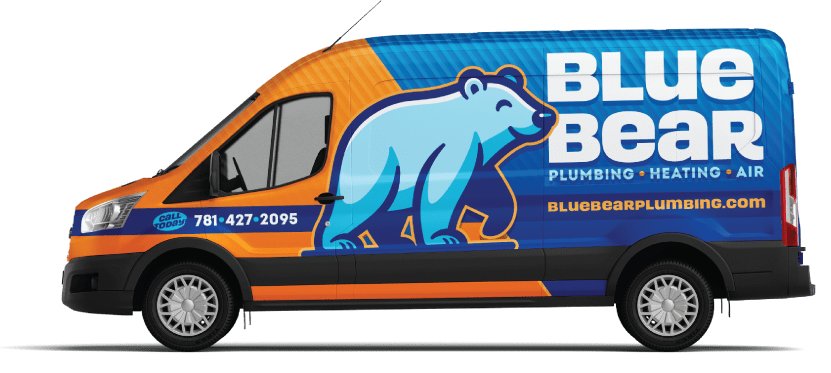


Routine maintenance is vital for the longevity of your plumbing, heating, and air conditioning systems. Sign up for our Blue Care Maintenance Plan for annual service and exclusive membership benefits, including:
- Priority scheduling
- Waived service fee during normal business hours
- 10% discount on service calls
- 3% discount on new installations
- Two-year parts and labor warranty on new equipment

